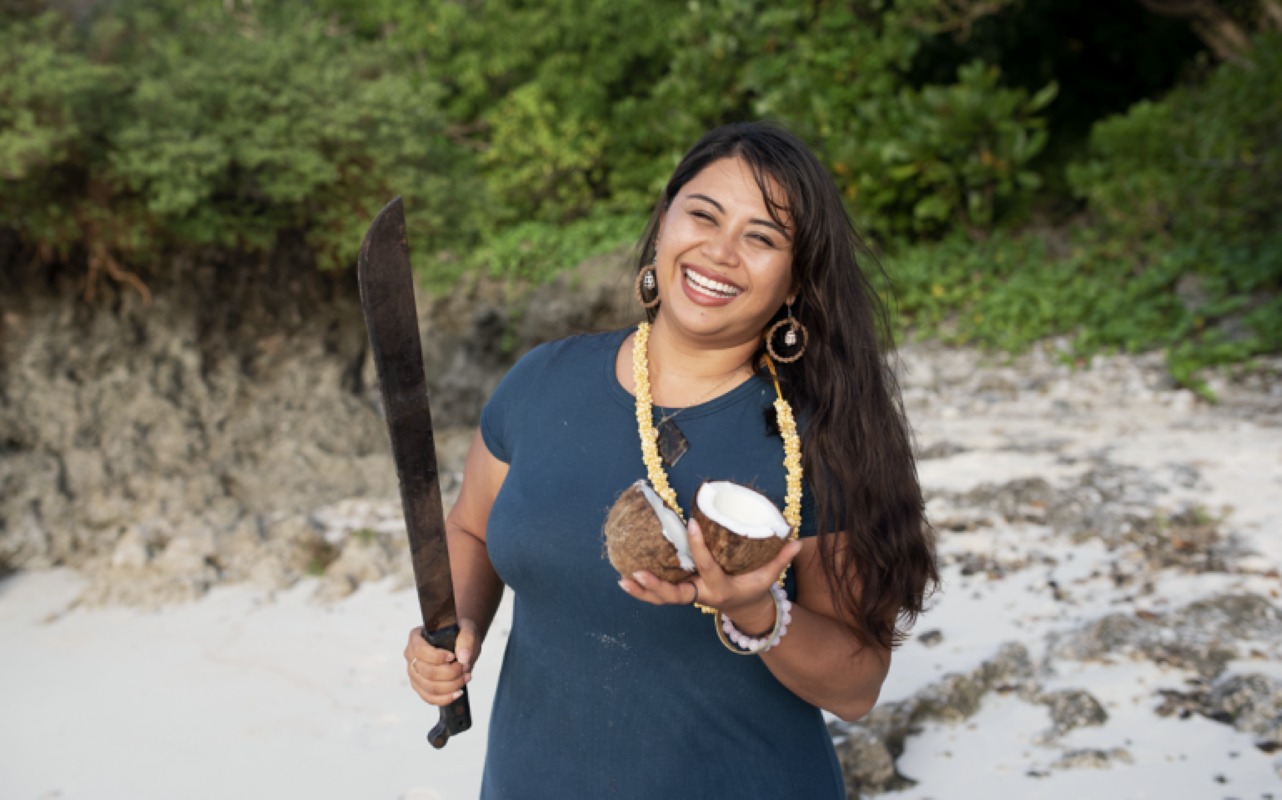Hoy no vine a hablarles de un problema ambientalista, que son muchos y muy graves, sino quiero unirme a la celebración del día internacional de la mujer, contándoles sobre 4 valientes mujeres de distintas generaciones cuyo extraordinario trabajo a favor de la protección del medio ambiente las ha puesto en primera fila pero, desgraciadamente, también las hizo blanco de quienes ven los recursos naturales simplemente como un botín.
Las mujeres siempre han destacado en la lucha por salvar el planeta, aunque tengan que luchar incluso para que su activismo y participación sea reconocida.
Su trabajo organizado, sin descanso, paciente, a diario salta a los medios, pues encabezan movimientos, acciones y protestas para lograr inspirar y mover esa inmensa rueda de molino llamada progreso hacia un mundo más justo, equitativo y respetuoso del medio ambiente.
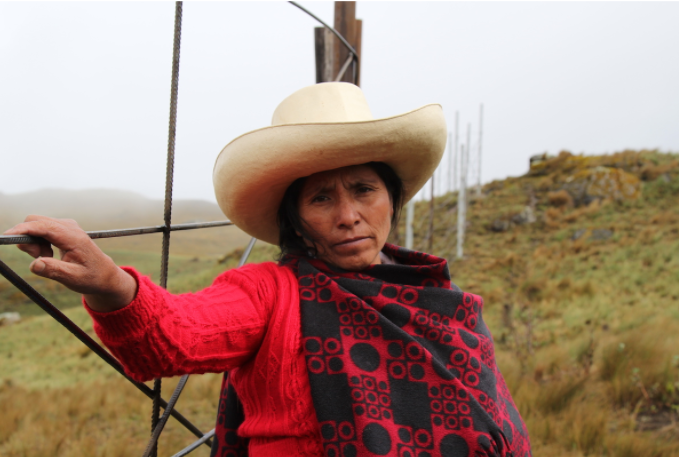
Foto: Máxima Acuña, por Goldman Environmental Prize
Máxima Acuña, la roca
A esta humilde agricultora peruana no le hizo falta un título universitario para entender y hacerle entender al resto del mundo la importancia de proteger al medio ambiente de la depredación de enormes compañías mineras que devoran todo a su paso, dejando solo destrucción y contaminación.
Máxima siembra papas y verduras en un pueblito llamado Yanacocha cerca de Cajamarca, en el Perú, donde una corporación norteamericana de Colorado llamada Newmont explota una mina de oro al aire libre, la más grande de Latinoamérica.
La corporación Newmont y su socio local Minera Yanacocha expandieron sus operaciones hacia una mina de cobre llamada Conga. Pero esto implicaba destruir cuatro lagos de los cuales dependían las comunidades andinas. Estos serían utilizados como pozos de almacenamiento de desechos tóxicos, amenazando las cabeceras de cinco cuencas y un humedal en el páramo de Cajamarca.
Pero Máxima les salió al paso y se convirtió en una piedra en sus zapatos, organizando protestas. Fue amenazada con multas y cárcel, pero su lucha pronto se regó como pólvora y logró detener a la compañía minera. A Máxima le fue otorgado en el 2016 el premio Internacional Goldman Environmental Prize, el más importante del ambientalismo mundial.
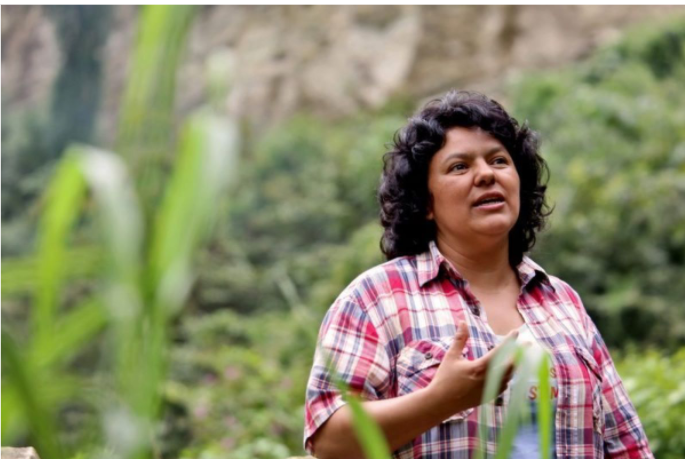
Foto: Berta Cáceres, por Tim Russo/Goldman Environmental Prize
Berta Cáceres, la inspiración
Berta Cáceres, natural de Honduras, asumió las riendas de la protesta en contra de la construcción de una represa en el río Gualcarque en Agua Zurca, Honduras, impulsada por la empresa nacional Desarrollos Energéticos (Desa).
Berta entendió que solo en el trabajo en conjunto lograrían denunciar y detener la enorme depredación y destrucción de cientos de kilómetros de tierras donde viven comunidades Indígenas, incluida la suya. De modo que fundó el Consejo Cívico de Organizaciones Populares e Indígenas de Honduras (COPINH), inspirando a cientos de personas a hacer lo mismo, lo cual se convirtió en una causa, que molestó a un grupo de empresarios.
Desde las sombras, la corrupción y la maldad jugaron adelantado y decidieron eliminar el enorme obstáculo en el que Berta se iba convirtiendo día a día, ganando más y más adeptos a su causa.
En marzo del 2016 fue asesinada por unos sicarios a los 44 años de edad. Al año siguiente, John Gibler escribió lo siguiente sobre el caso de Berta Cáceres: “cuando tomó las riendas de la lucha contra la represa de Agua Zurca, el gobierno golpista ya la tenía identificada como su adversaria. En este contexto, Cáceres se convirtió en el blanco de una campaña sucia supuestamente dirigida por DESA y funcionarios hondureños”.
Tres años después siete hombres fueron condenados por matar a Berta Cáceres: cuatro como autores materiales y tres como intermediarios, pero los autores intelectuales siguen libres,
Su atrevimiento a desafiar el poder le costó la vida, pero su lucha justa quedará siempre para inspirar a miles más.
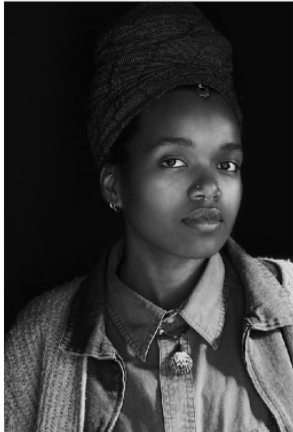
Foto: Pacoima-Beautiful
Frances Pérez-Rodríguez, la tierra
En medio de toneladas de cemento, vigas de metal y millones de autos surgió la increíble labor de Frances Pérez-Rodríguez, una activista ejemplar del medio ambiente.
Colándose entre las grietas de la ciudad de Nueva York, esta joven puertorriqueña de nacimiento y neoyorquina de corazón, sintió que debajo de toda esa mole estaba la tierra, injustamente aplastada, oprimida sin posibilidad de producir.
Esa misma tierra que su familia trabajó en Puerto Rico, que también circula por su venas y que por alguna extraña razón la llamaba.
Por eso Frances decidió unirse a un programa de cultivos urbanos para sembrar yerbas medicinales ancestrales y liberar todo el potencial que la tierra les ofrece a las comunidades más necesitadas, que no por casualidad eran las de los barrios Negros y Latinos.
Frances trabaja en una cooperativa llamada La Finca del Sur, dirigida por mujeres Negras y Latinas ubicada al sur del Bronx. Allí los miembros de la comunidad hacen mucho más que cultivar, pues sirve para que se reconecten con la naturaleza, sanen y discutan soluciones a los problemas de justicia racial y violencia policial. La cooperativa también está comprometida a construir vecindarios saludables a través del empoderamiento económico, la conciencia nutricional, la educación y la defensa de los derechos sociales y políticos.
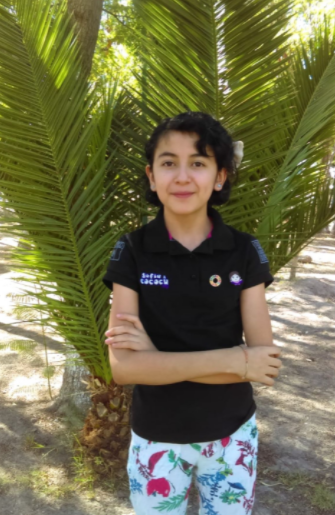
Foto: cortesía de Cococu.
Sofía Molina, la semilla
Solo tenía 7 años, y un persistente deseo de hacer algo para defender la naturaleza que tanto amaba, cuando Sofía Molina, decidió que su propósito de vida era salvar a los últimos jaguares en la región donde vive. Pero para lograrlo tenía que pensar en grande.
Esta jovencita, nativa de San Luis Potosí en México, creció entre las comunidades Indígenas debido a que sus padres hacían trabajo comunitario. Ella compartió y aprendió mucho de esas culturas jugando con los niños, escuchando los cuentos y relatos del jaguar en la selva y quedó fascinada por tan hermoso animal
Así fue que se le ocurrió el proyecto Cococu, que significa Concientizar, Conocer y Cuidar, que además asumió la forma de un hermoso jaguar creado por ella en la escuela.
Ideó el programa Cococu, que tiene como propósito educar a los niños sobre la importancia del jaguar y el conservacionismo, enseñando y buscando fondos para proteger a estos grandes y legendarios felinos.
Un modelo sencillo y ameno, que ya ha obtenido numerosos premios internacionales, y en el cual informa, educa e inspira a las comunidades a sumarse a un desarrollo sostenible, basado en el turismo para mejorar las condiciones ambientales, económicas, culturales y sociales respetando y valorando la naturaleza.
El Sierra Club siente un gran orgullo al apoyar el inmenso aval y fuerza que estas destacadas mujeres le han aportado a la lucha conservacionista. Quede esto como un humilde homenaje para quienes a diario se esfuerzan por hacerle entender a la humanidad, que debemos aprender a respetar a la naturaleza para nosotros y las futuras generaciones.
ENGLISH TRANSLATION
Women, the true engine of environmental activism
Today I did not come to talk to you about an environmental problem, which are many and very serious, but I want to join in the celebration of International Women's day, telling you about 4 brave women from different generations whose extraordinary work in favor of protecting the environment has brought them to the fore but, unfortunately, it has also made them the target of those who see natural resources simply as loot.
Women have always stood out in the fight to save the planet, even if they have to fight for their activism and participation to be recognized.
Their organized work, tirelessly patient, daily jumps into the media, as they lead movements, actions and protests to inspire and move that immense millstone called progress towards a more just, equitable and respectful world of the environment.
Máxima Acuña, the Rock
This humble Peruvian farmer did not need a university degree to understand and make the rest of the world understand the importance of protecting the environment from the depredation of huge mining companies that devour everything in their path, leaving only destruction and pollution.
Máxima sows potatoes and vegetables in a small town called Yanacocha near Cajamarca, Peru, where an American corporation from Colorado called Newmont operates an open-air gold mine, the largest in Latin America.
The Newmont corporation and its local partner Minera Yanacocha expanded their operations into a copper mine called Conga. But this meant destroying four lakes on which the Andean communities depended. These would be used as storage pits for toxic waste, threatening the headwaters of five basins and a wetland in the Cajamarca paramo.
But Máxima met them and became a stone in her shoes, organizing protests. She was threatened with fines and jail, but her fight soon spread like wildfire and she managed to stop the mining company. In 2016, Máxima was awarded the International Goldman Environmental Prize, the most important award in global environmentalism.
Berta Cáceres, the inspiration
Berta Cáceres, a native of Honduras, assumed the reins of the protest against the construction of a dam on the Gualcarque River in Agua Zurca, Honduras, promoted by the national company Desarrollos Energéticos (Desa).
Berta understood that only by working together would they be able to denounce and stop the enormous depredation and destruction of hundreds of kilometers of land where Indigenous communities live, including her own. So she founded the Civic Council of Popular and Indigenous Organizations of Honduras (COPINH), inspiring hundreds of people to do the same, which became a cause, which upset a group of businessmen.
From the shadows, corruption and evil played in advance and decided to eliminate the enormous obstacle that Berta was becoming day by day, gaining more and more followers to her cause.
In March 2016, she was murdered by hitmen at the age of 44. The following year, John Gibler wrote the following about the case of Berta Cáceres: “When she took the reins of the fight against the Agua Zurca dam, the coup government had already identified her as her opponent. In this context, Ella Cáceres became the target of a dirty campaign allegedly directed by DESA and Honduran officials.”
Three years after a trial, seven men were convicted of killing Berta Cáceres: four as perpetrators and three as intermediaries, but the masterminds remain free.
Her daring to defy power cost her her life, but her fair fight will always remain to inspire thousands more.
Frances Pérez-Rodríguez, the land
In the midst of tons of cement, metal beams and millions of cars, the incredible work of Frances Pérez-Rodríguez, an exemplary environmental activist, emerged.
Slipping through the cracks of New York City, this young Puerto Rican by birth and New Yorker at heart, felt that beneath all that mass was the earth, unjustly crushed, oppressed without the possibility of producing.
That same land that her family worked in Puerto Rico, that also runs through her veins and that for some strange reason called her.
That is why Frances developed an urban cultivation program to plant ancestral medicinal herbs and release all the potential that the land offers to the most needy communities, which not by chance were those of the Black and Latino neighborhoods.
Frances works at a cooperative called La Finca del Sur, run by Black and Latina women located in the South Bronx. There the members of the community do much more than cultivate, as it serves to reconnect with nature, heal and discuss solutions to the problems of racial justice and police violence. The cooperative is also committed to building healthy neighborhoods through economic empowerment, nutritional awareness, education, and advocacy for social and political rights.
Sofia Molina, the seed
She was only 7 years old, and had a persistent desire to do something to defend the nature she loved so much, when Sofía Molina decided that her purpose in life was to save the last jaguars in the region where she lives. But to achieve this she had to think big.
This young girl, a native of San Luis Potosí in Mexico, grew up among the Indigenous communities because her parents did community work. She shared and learned a lot about those cultures playing with the children, listening to the tales and tales of the jaguar in the jungle and she was fascinated by such a beautiful animal.
That's how she came up with the Cococu project, which means Awareness, Knowing and Caring, which also took the form of a beautiful jaguar created by her at school.
She devised the Cococu program, which aims to educate children about the importance of the jaguar and conservation, teaching and seeking funds to protect these big and legendary cats.
A simple and enjoyable model, which has already won numerous international awards, and in which it informs, educates and inspires communities to join in sustainable development, based on tourism to improve environmental, economic, cultural and social conditions while respecting and valuing nature.
The Sierra Club feels great pride in supporting the immense endorsement and strength that these outstanding women have brought to the conservation struggle. This remains as a humble tribute to those who daily strive to make humanity understand that we must learn to respect nature for ourselves and future generations.
